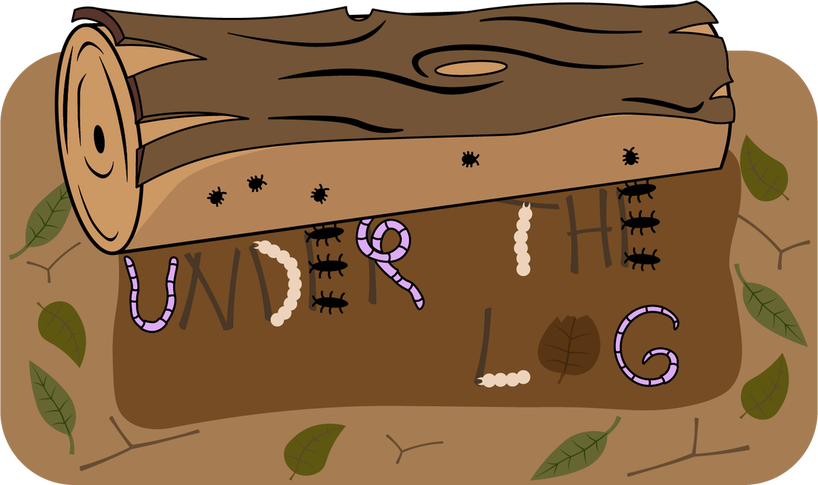Although we have a quick blurb about thermal bridging on our Energy Efficiency page under Green Design, thermal bridging can be a tricky topic to grasp. So, this post will try to elucidate some of the nuances that might have been overlooked.
First, let’s think about the components that you’ll typically find in the wall of a Canadian house. Obviously, you’ve got structural components called framing; most Canadian homes are framed with dimensional lumber but sometimes you’ll see steel components in place of wood. The other major component is insulation, of which there are many kinds: fibreglass, cellulose, and foam are just a few. There’s also a vapour barrier, mechanical, electrical, and plumbing runs, but for our purposes the framing and insulation are the two important components.
The second concept we need to talk about is thermal conductivity. Any material out there has some quantifiable thermal conductivity, measured in Watts per meter * degree Kelvin (temperature). Looking at the units we can see that thermal conductivity is the material's capacity to allow thermal energy to move through it from an area of high temperature to one of low temperature. Obviously, this quantity is going to be important when choosing what material to use to insulate a home. You want something with a low thermal conductivity so that any heat trying to leave your home in the winter has a harder time getting out. However, considering the thermal conductivity of framing is also important. Steel has a very high thermal conductivity. Wood’s is lower, but not nearly as low as fibreglass, cellulose, or foam.
So, what does that mean? You aren’t trying to insulate your home with the framing, so why should you care? Although you aren’t trying to insulate with wood or steel, they still occupy space within the wall. Space that can no longer be insulated. Many conventional homes are built with a 2” by 6” wall where the structural joists run from the inside of the wall to the exterior sheeting. This leaves a “bridge" for thermal energy to pass from warm to cold unimpeded by insulation. So, the wall in the areas where the studs exist is essentially uninsulated. Some conventional buildings have gotten slightly better by adding an exterior layer of insulation or offsetting joists to allow for thin layers of insulation between framing and wall. However, these measures still only allow for a thin layer, essentially a speed bump before the bridge.
At Carbon Busters, we design our walls so that instances of thermal bridging are reduced to a minimum. The framing around windows and doors has been clearly thought out to provide insulation between the inner and outer studs to sink the conventional bridging. Our proactive efforts against thermal bridging is just one of the ways a Carbon Busters’ Home provides maximum thermal comfort.
First, let’s think about the components that you’ll typically find in the wall of a Canadian house. Obviously, you’ve got structural components called framing; most Canadian homes are framed with dimensional lumber but sometimes you’ll see steel components in place of wood. The other major component is insulation, of which there are many kinds: fibreglass, cellulose, and foam are just a few. There’s also a vapour barrier, mechanical, electrical, and plumbing runs, but for our purposes the framing and insulation are the two important components.
The second concept we need to talk about is thermal conductivity. Any material out there has some quantifiable thermal conductivity, measured in Watts per meter * degree Kelvin (temperature). Looking at the units we can see that thermal conductivity is the material's capacity to allow thermal energy to move through it from an area of high temperature to one of low temperature. Obviously, this quantity is going to be important when choosing what material to use to insulate a home. You want something with a low thermal conductivity so that any heat trying to leave your home in the winter has a harder time getting out. However, considering the thermal conductivity of framing is also important. Steel has a very high thermal conductivity. Wood’s is lower, but not nearly as low as fibreglass, cellulose, or foam.
So, what does that mean? You aren’t trying to insulate your home with the framing, so why should you care? Although you aren’t trying to insulate with wood or steel, they still occupy space within the wall. Space that can no longer be insulated. Many conventional homes are built with a 2” by 6” wall where the structural joists run from the inside of the wall to the exterior sheeting. This leaves a “bridge" for thermal energy to pass from warm to cold unimpeded by insulation. So, the wall in the areas where the studs exist is essentially uninsulated. Some conventional buildings have gotten slightly better by adding an exterior layer of insulation or offsetting joists to allow for thin layers of insulation between framing and wall. However, these measures still only allow for a thin layer, essentially a speed bump before the bridge.
At Carbon Busters, we design our walls so that instances of thermal bridging are reduced to a minimum. The framing around windows and doors has been clearly thought out to provide insulation between the inner and outer studs to sink the conventional bridging. Our proactive efforts against thermal bridging is just one of the ways a Carbon Busters’ Home provides maximum thermal comfort.
0 Comments



 RSS Feed
RSS Feed